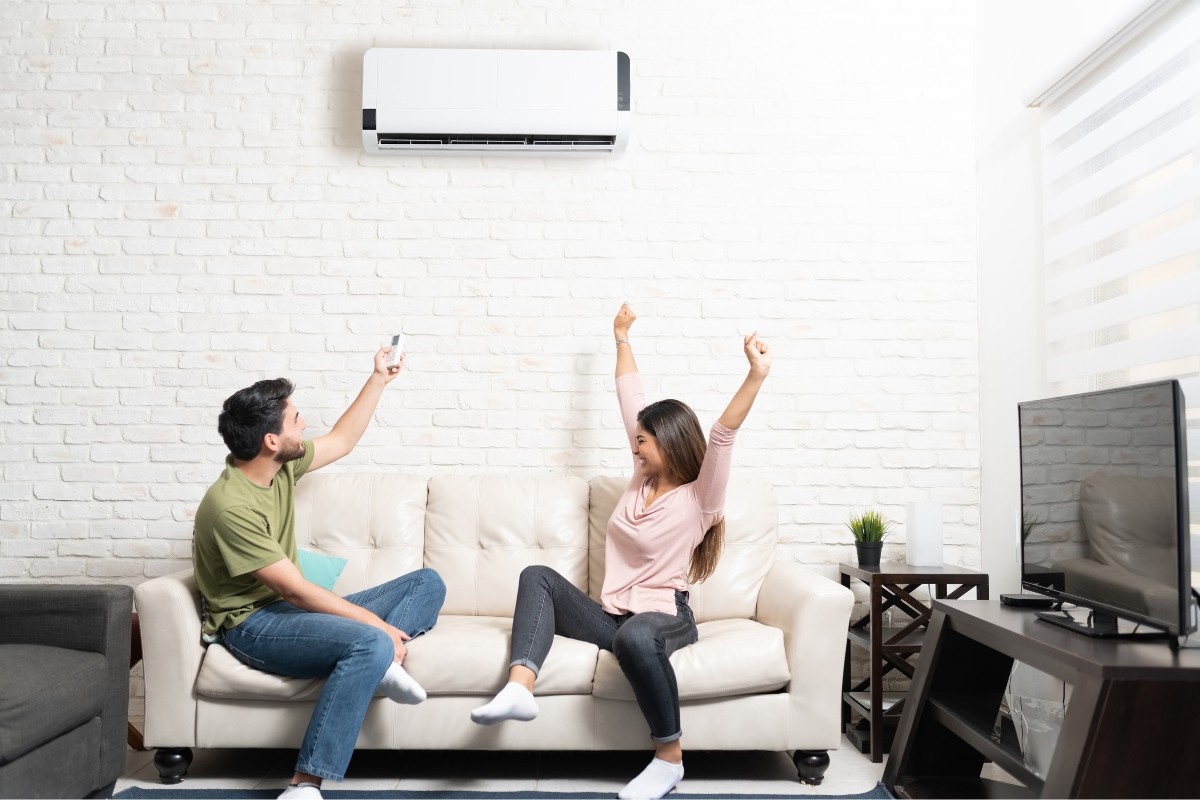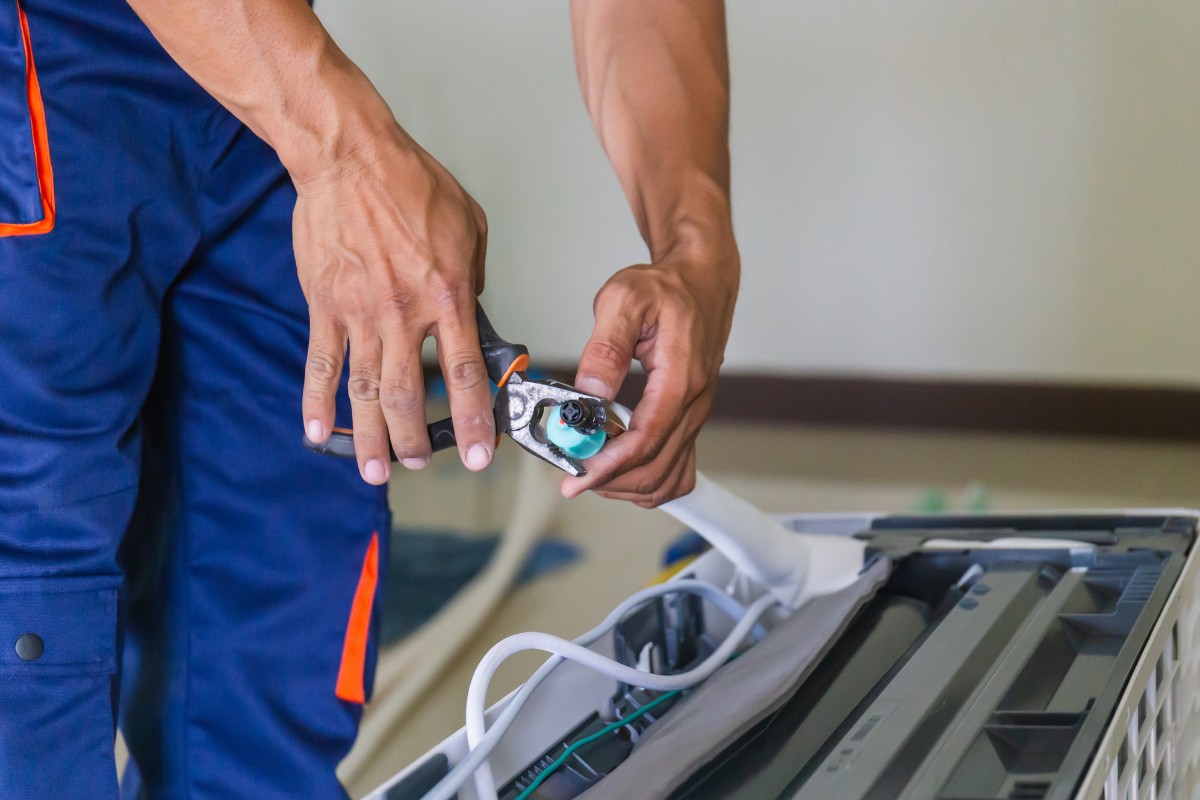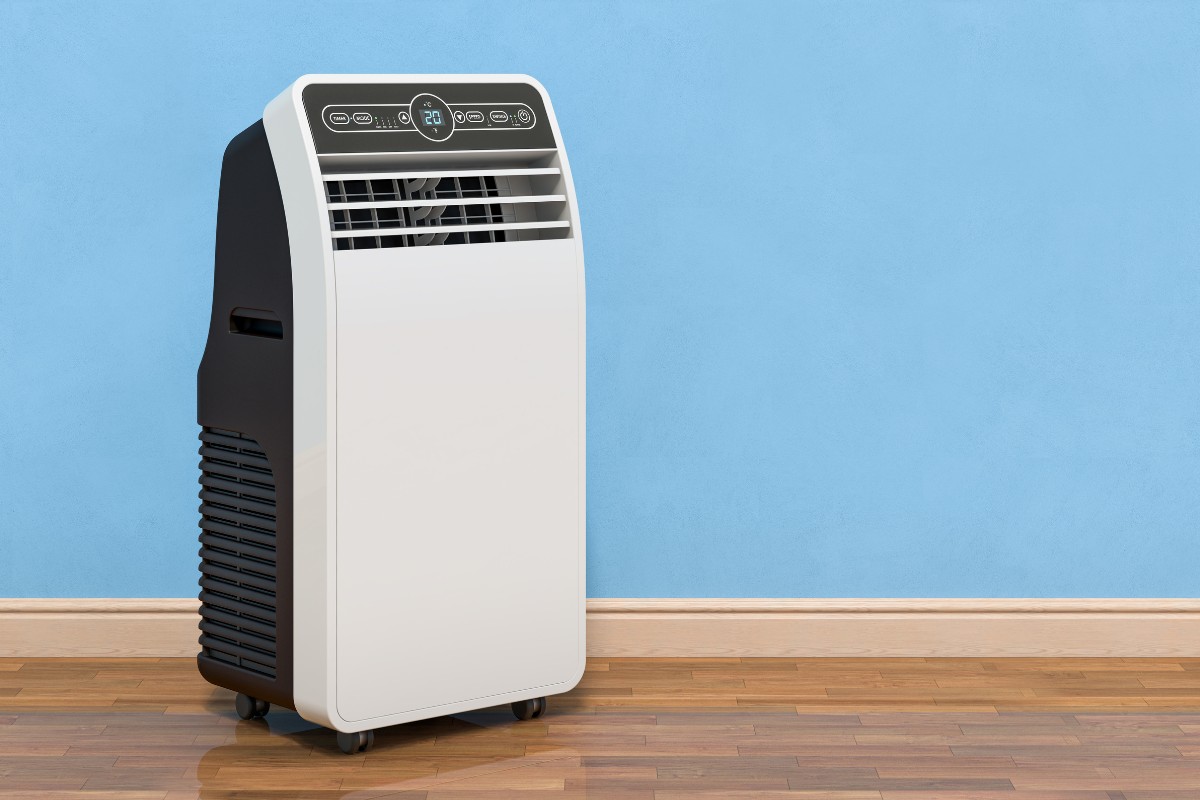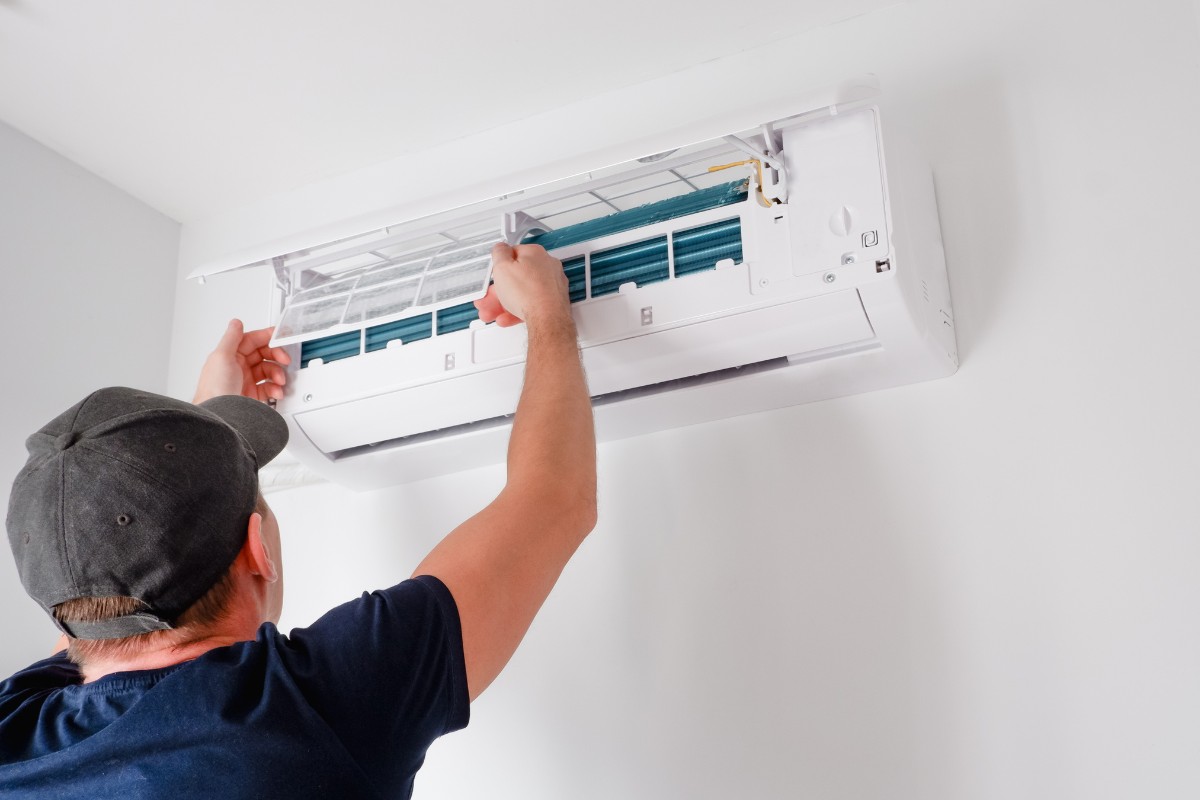What are Shunted Sockets
Shunted sockets are lamp holders or sockets that have internally connected electrical contacts. These sockets are designed to receive voltage through a single set of wires and spread it to two contacts. The electrical current runs on a single track from the ballast, through the socket, and then to the lamp’s pins.
To put it simply, shunted sockets can be thought of as connected sockets. They provide a single path for the electrical current to flow through, ensuring that the voltage is evenly distributed to both contacts.
Get Inspired by Rayzeek Motion Sensor Portfolios.
Doesn't find what you want? Don't worry. There are always alternate ways to solve your problems. Maybe one of our portfolios can help.
Shunted sockets are commonly used in lighting fixtures that require multiple lamps to be connected in parallel. These sockets simplify the wiring process by eliminating the need for separate wiring connections for each lamp. Instead, the current flows through a single path, ensuring that all the lamps receive the same amount of electrical current. They provide a common connection point for the electrical current to flow through all the lamps simultaneously. This allows for efficient and uniform distribution of electricity to all the lamps in the fixture.
Non-shunted sockets have voltage received on every point of contact, and the current flows through multiple paths. These sockets are typically used in fixtures that require individual control or separate wiring for each lamp. Non-shunted sockets allow for independent operation of each lamp, enabling different lamps to be turned on or off individually.
Looking For Motion-Activated Energy-Saving Solutions?
Contact us for complete PIR motion sensors, motion-activated energy-saving products, motion sensor switches, and Occupancy/Vacancy commercial solutions.









